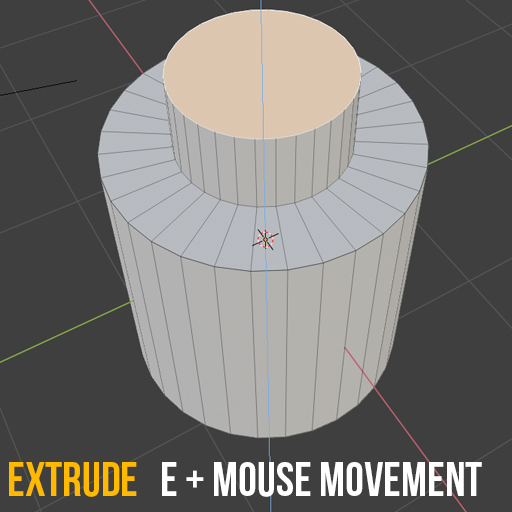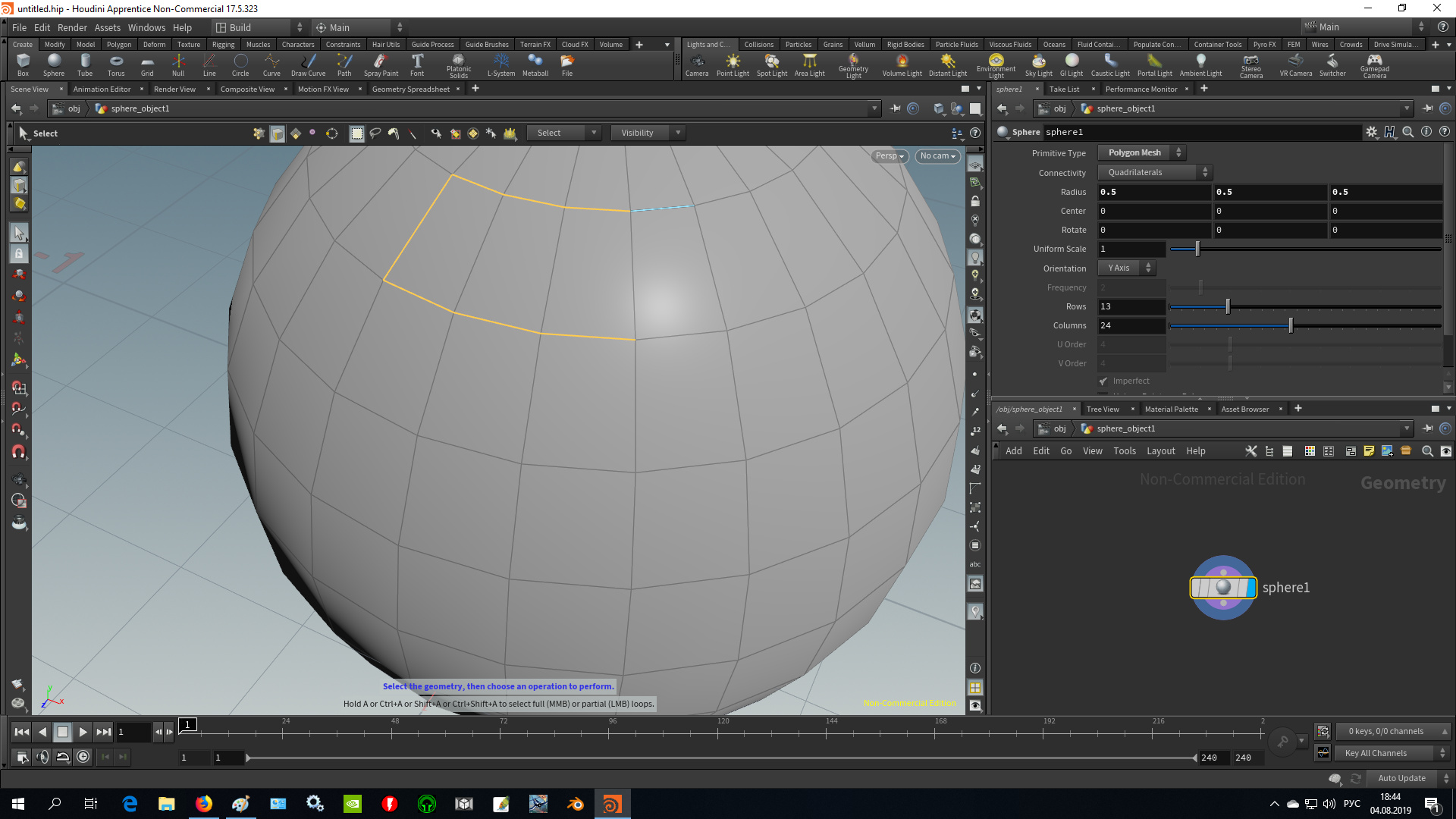


Yes, what I am doing is after exporting, manually remove normal attributes from morph target in babylon files.Īnd if those work can be done in exporter with checkboxes, things will be fantastic.

Until we are able to implement a solution into the exporter, the easiest way to achieve what you are looking to do is to manually edit out the attributes you don't want in an editor like VS Code. You can find the simple way to remove the vertex color here: Until we are able to implement a solution into the exporter, the easiest way to achieve what you are looking to do is to manually edit out the attributes you don't want in an editor like VS Zhang It's easiest to control the vertex color directly in Maya. What do you think about something like that? This could give some feedback about exceeding recommended limits to the user so they can make informed decisions about their morph targets. We are thinking that we need to add the ability to use checkboxes for which attributes a user wants to export with some user feedback about the total number of attributes being exported when checking each box. Right now we don't have a way to control the attributes that get written out per morph target, so you don't have control over just writing position so you can get more morphs before hitting the limits on WebGL or glTF. I have been speaking with the team about morph targets and our Maya exporter. Link instance groups Linking an object from another blend file can help save memory. Displaying objects in Bounds will not affect rendering in any way. In the last step you only have to move the selected vertices on the Z axis by one.Zhang It's easiest to control the vertex color directly in Maya. Doing so will drastically reduce memory usage as Blender only works with displaying 4 vertices now instead of millions.For this particular example, smoothing the vertices 3. Go to the outer vertices and scale them on the xy axis to 0. 6) Now we can smooth the vertices by going to the Tools tab again, under Deform:, click Smooth Vertex. Remove Doubles Sometimes, you may accidentally end up with duplicated vertices at some points of your mesh.Delete one vertex and join all vertices with F to make a triangle.Select the objects and hit Ctrl + J to join them into one object, change to edit mode and select the meshes you want to intersect, hit Ctrl + F and select Intersect (Knife) from the menu and change to Self Intersect in operator panel. Regarding this, how do you intersect an object in Blender? Meaning that it is a really smooth way of modeling, as if. Digital Sculpting or 3D Sculpting is a way of modeling that mimics real-life sculpting with clay. Everything is explained step by steps in detail. Leave edit mode and select the new separate object (which will be on top of the old object). Blender Sculpting Tutorial 2021 This Blender Sculpting Tutorial explains you everything about sculpting and how to create a fantasy being.The barber poll above for example, left in its original state and painted, would result. yellow (wireframe overlay enabled for clarity). Press P and choose Selection from the Separate menu. A simple scene in Blender coloured entirely using vertex painting it can be used to ‘colour’ and ‘tint’ making some vertices/areas appear darkened although using the same underlying base colour e.g.Press Shift + D to duplicate the selected faces/edges/verts.In edit mode, select the parts of the mesh you want to cut.In the Merge pop-up menu that appears select At First, At Last, At Center, At Cursor or Collapse.įurthermore, how do you duplicate something in blender? 3 Answers To merge elements together, first make a vertex, edge or face based selection then from the Vertex menu click Merge Vertices (Alt+M) – Vertex » Merge Vertices. In this manner, how do you merge faces in blender?


 0 kommentar(er)
0 kommentar(er)
